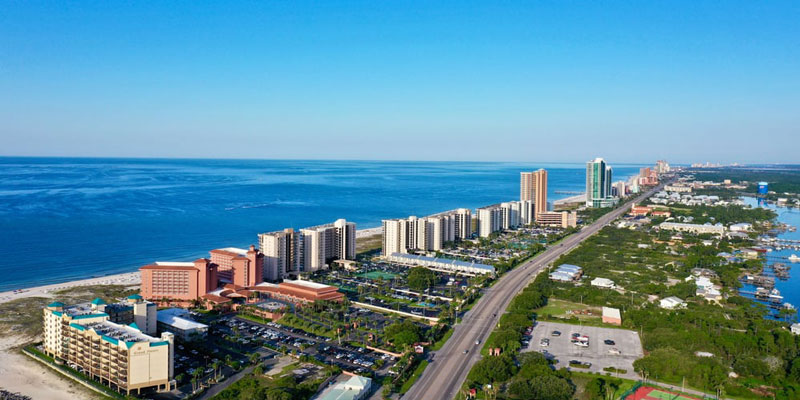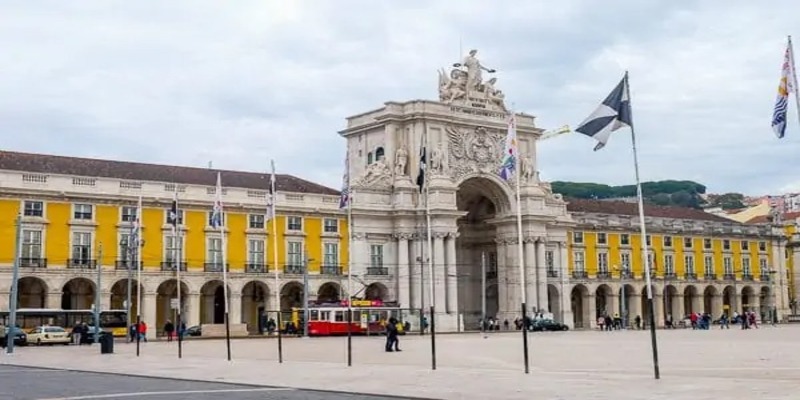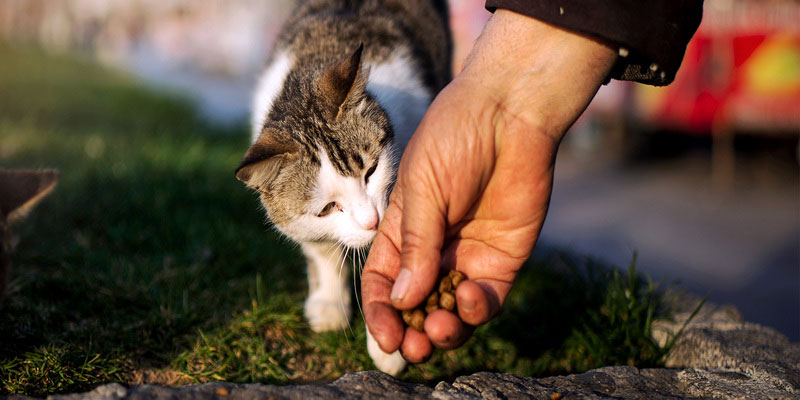Isla de la Juventud, the largest is located about 100 kilometers south of the mainland and is a dream paradise of pearl-white sand and transparent waters.
The comma-shaped island of Juventud extends 70 kilometers southwest from the island's northernmost point. The northern region is primarily farmland and mango groves, while the southern part is ecologically vulnerable to swampland, rich in wildlife, and protected by a military checkpoint.
Isla de la Juventud: Where To Spend Your Time
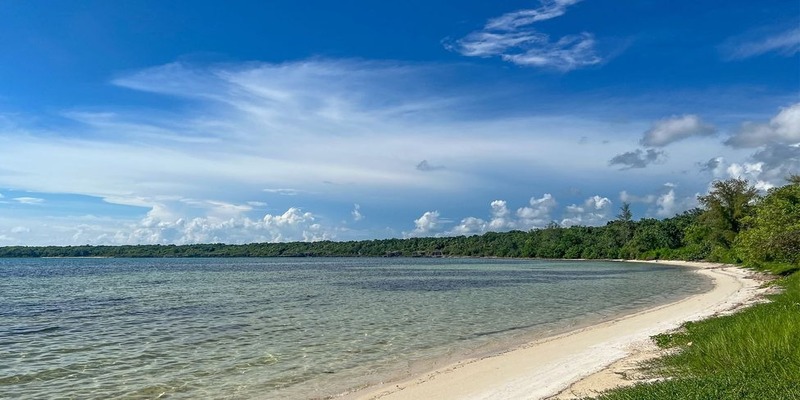
The Isle of Youth is an unpleasant three-hour boat trip or forty-minute flight from the mainland, located off the southern coast of Artemisa province.
Its seclusion, though, is a significant selling point, as is the fact that it seems even more stuck in time than the rest of the country. The island can be seen on the weekend and offers excellent scuba diving and relaxing strolls.
Nueva Gerona, the capital, is a friendly, low-key place. The only significant beach resort along the southern coast is located in the same archipelago as the wealthy and boring Cayo Largo.
Island of Youth
Isla de la Juventud, or "La Isla" as it is called in Cuba, is a beautiful island famed for its fruit orchards and sandy shores, which may have inspired Robert Louis Stevenson to use it as the inspiration for Treasure Island.
Despite Columbus's accidental discovery of the island in 1494, the Spanish had little interest in it until the nineteenth century. This development proceeded at a leisurely rate. There is still a sense that something is sleeping in the countryside and the tranquil cities.
The island's capital, Nueva Gerona, and most of its attractions are located in the northernmost part. Against the Sierra de las Casas backdrop, this town provides a welcome sense of seclusion while leisurely progressing a few decades behind the mainland.
Citrus groves and farms neatly border the low-lying fields surrounding it and two of the island's few tourist attractions. Both structures are previous prisons, attesting to the island's seclusion for decades.
Isla de la Juventud: A Brief History
The Siboney people, believed to have landed on the island about A.D. 1000, were the first known occupants. They avoided the island's pine-forested core in favor of the coastal areas where fishing and hunting were more productive.
The Siboney had already vanished when Christopher Columbus arrived in June 1494 on his second voyage to the Americas. Though Columbus claimed the island for Spain, the Spanish Crown showed little interest in it for the following four centuries.
Diving West of Isla de la Juventud
Marina Siguanea is in charge of all diving on Isla de la Juventud. They provide 5-day training courses, as well as solo dives (and a variety of dive packages) for qualified divers.
Over fifty dive sites may be found along the 6-kilometer stretch between Punta Francés and Punta Pedernales, at the western point of the island's southern coastline, and at Cayos Los Indios where there are two shipwrecks. There are many great places to visit, but the ones listed below stand out.
Blue Cave
2 kilometers west of Playa El Francés. This location, which goes as deep as 42 meters, is known as "the blue cave" because of the water's striking hue. The cave is interesting to explore, with numerous significant fish species to be observed, but the dive's main excitement is dodging and weaving between the cave's cracks.
Barrier of Indians
The Cayos Los Indios are only a five-kilometer distance away. There are stingrays as long as two meters on the sea floor, and a variety of beautiful corals, such as brain, star, fire, and black coral, cling to a cliff that drops to the sea floor. This dive requires a minimum of five individuals and a $10CUC surcharge.
The Wall of Dark Coral
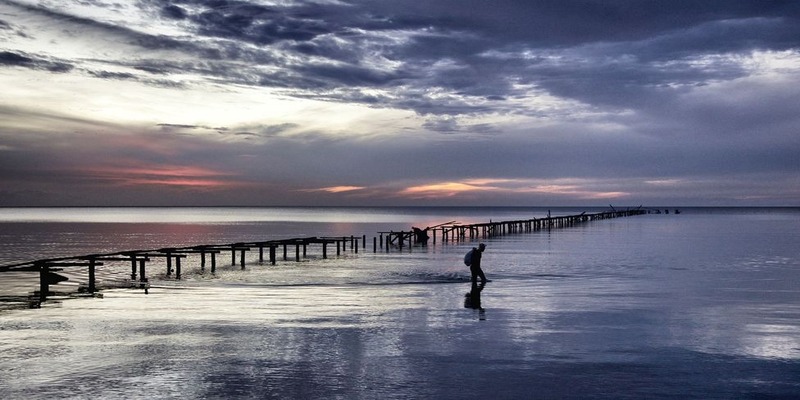
It is located about 4 kilometers (2.5 mi) northwest of Punta Francés. The black coral gives this dive its name at a depth of 35 meters, and the remainder of the wall is teeming with colorful sponges and brain corals, as well as numerous fish and green moray eels.
Cubes of Cells
The four massive cylindrical cell blocks still feel as terrible as they must have been when filled with convicts, even though they are now unmanned by museum employees and falling into decay. The inmates had little privacy since they were always on display via the bars of their cells, which held two or more inmates each. Note


